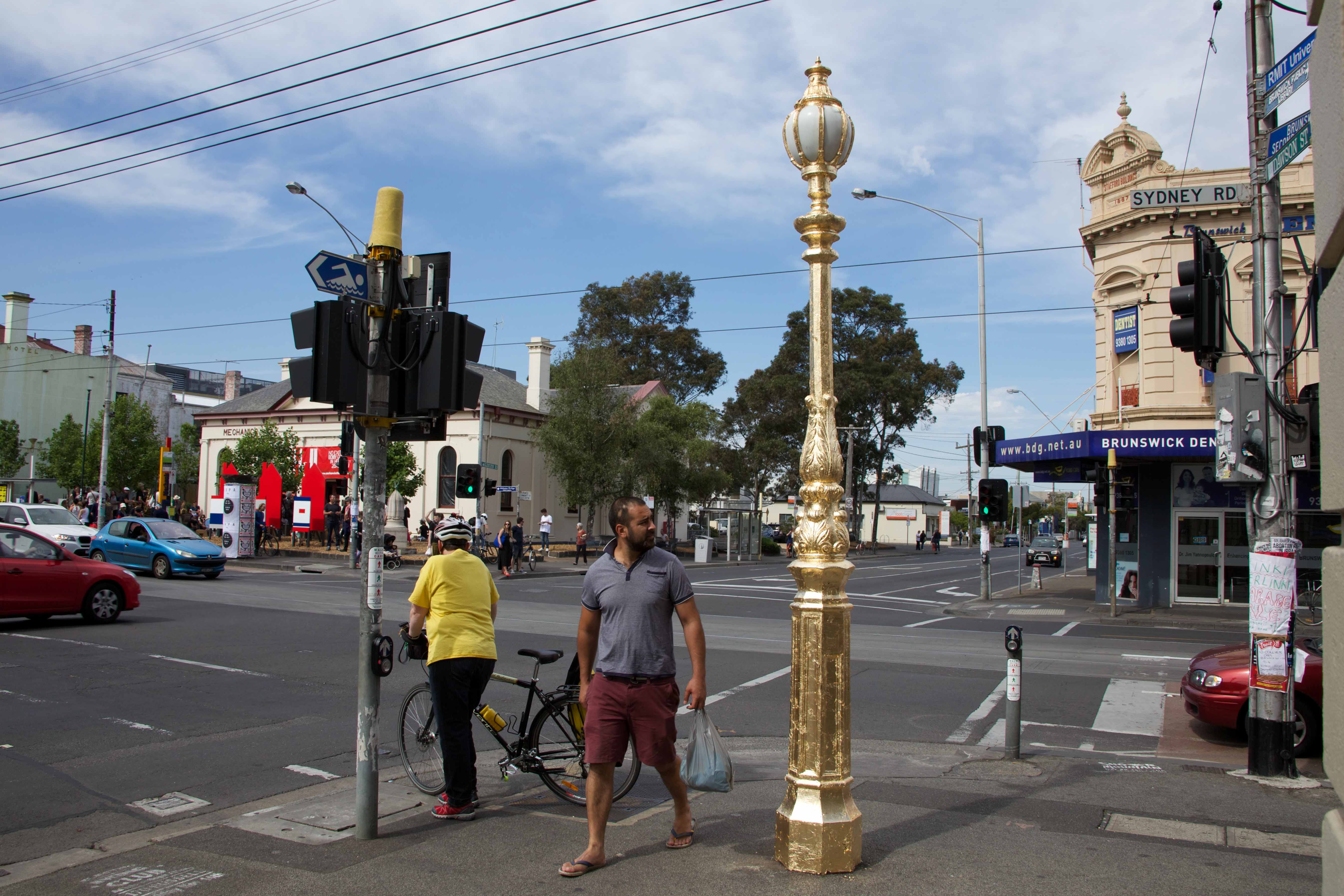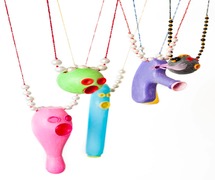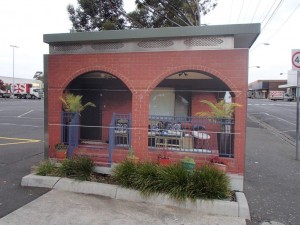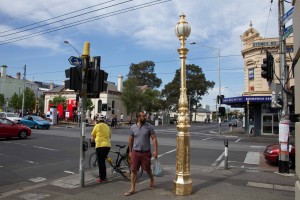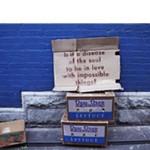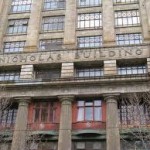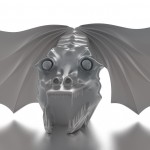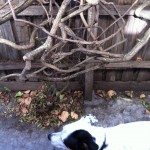By Celeste Hawkins
MoreART public art Show is in its fifth year. I recently had the chance to chat with Dan Mitchell, Moreland Council’s Public Art aficionado (the creator and producer of the project) ; to get some insight on the projects evolvement over the past five years and to guage how these varied styles of artworks are received by their audience.
What inspired you to take on or create this project?
The dynamic and evolving nature of contemporary public art inspired me to find a way to facilitate a project that gave artists access to a diverse range of sites and extended possibilities for realising and exploring their practice. Moreland – Brunswick, Coburg, Fawkner and beyond is a crowded urban environment. MoreArt aims to introduce both artists and the community to the ‘spaces in between’ – the unusual, the industrial, the unloved and the odd.
Reflecting back on the past five years, what have been some of the highlights and what might you have done differently?
Each year there is has been some minor controversy – it is always difficult to predict these as each year artists will throw up all sorts of challenges be they practical or philosophical. Highlights have been many over the years and I loath to single out. I personally have enjoyed artists who are in situ and bring a performative or interactive element to their work.
Why is Public art so important to you personally and do you think it resonates with the community?
I think it has many roles to play and it varies, especially regarding context i.e. particularly sites, municipalities and communities. Artists are very good at generating debate and/or introducing new and revitalised ideas. They are good at identifying the beauty in the most unusual ways, encouraging the community to have a second look at the place they live and the people they share it with. All this kind of dialogue can really help with community building. This can resonate with the community in different ways. For example; some may be happy to see art for arts sake others want beautification and other motivations are more political. We try to make our program a bit of all of these.
Is there something about the city of Moreland that seems to attract a proliferation of public artworks or has it evolved and been built up slowly by directors such as yourself?
I think it is just the type of place we live in. So many more artists are engaging in the public space as it provides just the kind of danger many seek for their work. How will people react? Will it get destroyed? Will there be a complaint or compliment? You just don’t get the kind of honest responses to work within gallery confines. Whether its self initiated or within the context of projects like MoreArt, it’s all good.
Do we need more public art works and how do you see this project evolving?
That is a good question. Moreland is a crowded environment with not many open spaces that might lend themselves to more epic permanent type public art commissions. Local governments don’t have the type of budgets for this kind of work unless it is connected to large scale developments and so on. I am more interested in the artists informing current spaces and places using ephemeral, in residence and non permanent statements, especially as the community and the urban environment are constantly changing.
The way I see MoreArt evolving is for it to continue being in step with contemporary movements in the field and also encouraging new and different artists to engage in the public space.
What are some ‘must sees’ in this year’s selection of public artworks?
MoreArt Award winner Roseanne Bartley’s Project ‘Oh!’ at Gowrie Station is worth a visit. James Voller’s Fragmented Patterns on different pieces of public infrastructure in Coburg Central are excellent. ‘Everyday Monument’ by Alica Bryson Haynes and Ria Green at Brunswick Town Hall is worth a look.
Get your limited edition Brunswick/Coburg themed comic book – Squishzine Brunston from libraries and various cafes throughout.
Find out more here
